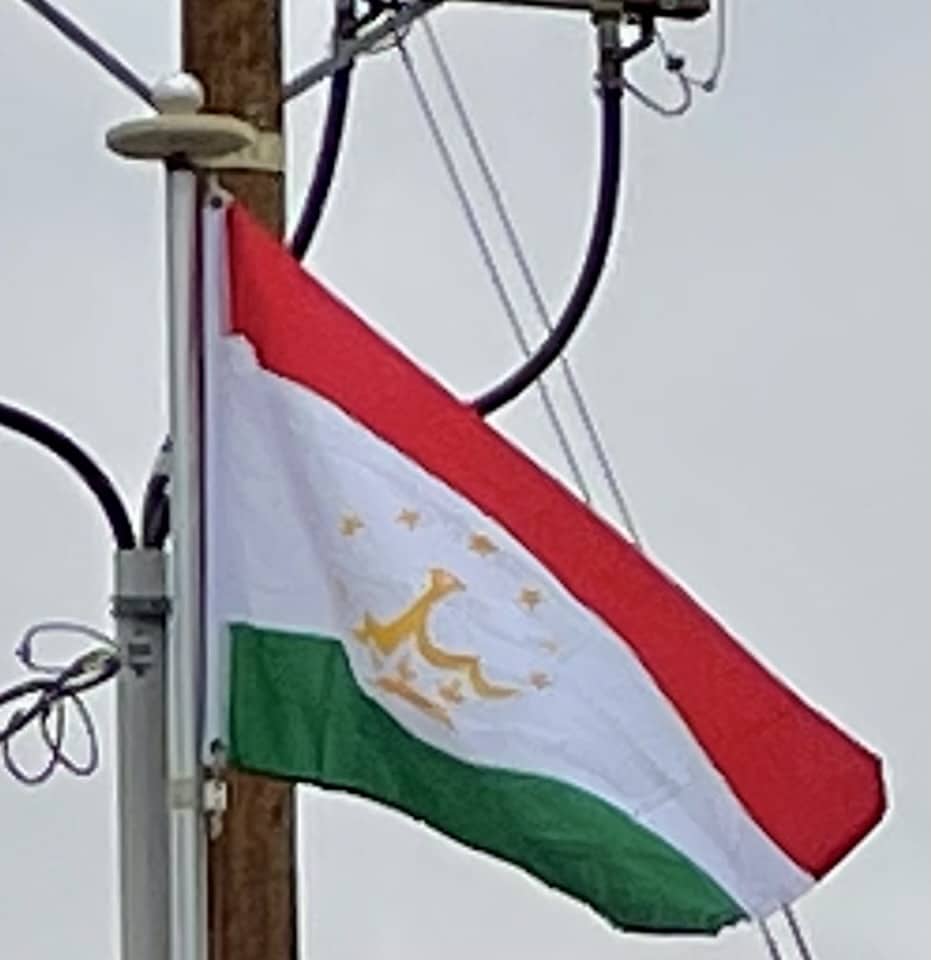

Tajikistan
In 2010, there were concerns among Tajik officials that Islamic militarism in the east of the country was on the rise following the escape of 25 militants from a Tajik prison in August, an ambush that killed 28 Tajik soldiers in the Rasht Valley in September, and another ambush in the valley in October that killed 30 soldiers, followed by fighting outside Gharm that left 3 militants dead. To date the country’s Interior Ministry asserts that the central government maintains full control over the country’s east, and the military operation in the Rasht Valley was concluded in November 2010. However, fighting erupted again in July 2012. In 2015, Russia sent more troops to Tajikistan.
In May 2015, Tajikistan’s national security suffered a serious setback when Colonel Gulmurod Khalimov, commander of the special-purpose police unit (OMON) of the Interior Ministry, defected to the Islamic State.
Geography:
Tajikistan is landlocked, and is the smallest nation in Central Asia by area.

It is covered by mountains of the Pamir range, and most of the country is over 3,000 metres (9,800 ft) above sea level. The only major areas of lower land are in the north (part of the Fergana Valley), and in the southern Kofarnihon and Vakhsh river valleys, which form the Amu Darya. Dushanbe is located on the southern slopes above the Kofarnihon valley.
Economy:
In 2019, nearly 29% of Tajikistan’s GDP came from immigrant remittances (mostly from Tajiks working in Russia), one of the highest rates in the world. The current economic situation remains fragile, largely owing to corruption, uneven economic reforms, and economic mismanagement. With foreign revenue precariously dependent upon remittances from migrant workers overseas and exports of aluminum and cotton, the economy is highly vulnerable to external shocks. In FY 2000, international assistance remained an essential source of support for rehabilitation programs that reintegrated former civil war combatants into the civilian economy, which helped keep the peace. International assistance also was necessary to address the second year of severe drought that resulted in a continued shortfall of food production. On 21 August 2001, the Red Cross announced that a famine was striking Tajikistan, and called for international aid for Tajikistan and Uzbekistan; however, access to food remains a problem today. In January 2012, 680,152 of the people living in Tajikistan were living with food insecurity. Out of those, 676,852 were at risk of Phase 3 (Acute Food and Livelihoods Crisis) food insecurity, and 3,300 were at risk of Phase 4 (Humanitarian Emergency). Those with the highest risk of food insecurity were living in the remote Murghob District of GBAO.
